Chapter 1, Part 1
Some people say what comes to you in life depends on what you choose to do with your life. Today you may choose to stay at home and end up feeling inspired to write, or you may choose to go out with your friends and end up planning a trip with them, or you may choose to have a deep conversation with your parents and end up deciding something drastic for your life. The creation of nations in 20th-century Southeast and South Asia was indirectly the result of what certain people decided centuries earlier. What if the decisions made were different? How would the world have looked today?
Let us begin the journey back in time to two centuries after Siddhartha Gautama attained enlightenment. By that time much of the Indian subcontinent belonged to the Maurya Empire under the rule of King Ashoka. After defeating the state of Kalinga in a bloody battle that claimed hundreds of thousands of lives from both sides, Ashoka, shaken by the bloodshed and destruction, changed heart and decided to embrace Ahimsa, the same non-violence principle adopted by Mahatma Gandhi in his struggle against colonialism more than two millennia later.
Ashoka became a prominent figure of Buddhism in India, helping the religion spread further beyond his realm. One of his daughters, Sangamitta, even became a Buddhist monk who with her brother, Mahinda, actively proselytizing Dharma, teachings of the Buddha, to the island of Lanka (modern-day Sri Lanka). On her way she brought a sapling of the Bodhi Tree from Bodh Gaya – under which the Buddha attained enlightenment – and planted it in Anuradhapura in the mid-third century BC. Today it is believed to be the oldest surviving tree in the world with known planting date.
At the time the tree was planted, King Devanampiya Tissa was the ruler of Anuradhapura and an ally of Ashoka. Apart from embracing Buddhism and allowing its teachings to propagate throughout his kingdom, King Devanampiya Tissa was also credited for building a man-made lake (Tissa Wewa) and a nearby temple, Isurumuniya, during his reign.
Not too far from the temple a cave shelter compound with drip ledges to prevent rain water from spilling over to the cave interior sits in a hilly terrain. According to Mahesh, our homestay owner in Kandy, a teacher as well as a native to Anuradhapura, 500 monks used to live around the caves. Second-century BC Brahmin script were carved on some parts of the sanctuary, a testament to the cave’s usage during that period in history. Isurumuniya itself was built to accommodate the monks and is still used today as a monastery. The temple was renovated about seven centuries later by King Kasyapa I who is better known for building a palace on top of Sigiriya, the Lion Rock.
In a gesture of further acceptance of Buddhism, King Devanampiya Tissa donated parks to sangha (Buddhist monastic community) except Ranmasu Uyana, a royal garden with man-made pools and home to one of the world’s oldest maps. Sakwala Chakra, as the map is known, is considered by modern scholars as an interpretation of the world by erstwhile Tantric Buddhist monks as well as a place for them to meditate.
The same king also commissioned the construction of Thuparama, the first dagaba (Sri Lankan Buddhist stupa) on the island, although its current structure dates back to as recent as the 19th century following destruction and reconstruction for centuries since it was built.
More than a century after the death of King Devanampiya Tissa, Anuradhapura was ruled by King Dutugamunu, notable for his effort to project the power of his kingdom through construction of imposing structures, from Brazen Palace (a long-gone copper-roofed chapter house) to Ruwanwelisaya. The latter inspired later kings to build gargantuan dagabas, including Abhayagiri and Jetavana stupas.
During its heyday, Abhayagiri stupa was one of the tallest structures in the ancient world, and the nearby monastery was one of the most important learning centers of Buddhism on Lanka. Long after the completion of the stupa, Abhayagiri not only remained a focal point for Buddhist teaching, but also developed as the heart of ancient Sinhalese craftsmanship where intricate stone carvings were produced.
Moonstone, one of the finest examples of artistic achievement from this period, decorated the entrance of buildings with high significance, including palaces and stupas. A theory suggests the carvings on the half-circle stone depict samsara, the endless cycle of rebirth from which Buddhists and Hindus strive to escape through moksa to reach nirvana.
Another example of advanced artistry during this period in Anuradhapura was guard stones, placed on both sides of a building’s entrance. In spite of being a Buddhist community, Hindu elements were often used in ancient Sinhalese artwork, including the Pot of Abundance (Kalasha) and Nagaraja as the most common carvings on guard stones.
Hundreds of years after the completion of Abhayagiri stupa another king of Anuradhapura, King Mahasena, built Jetavana stupa, the biggest brick structure the world has ever seen. Jetavana, Ruwanwelisaya and Abhayagiri remained the religious centers of Lanka until the Chola kingdom from across the strait invaded in the late 10th century, an event that led to the shift of Sinhalese power from Anuradhapura in the north to Polonnaruwa further south in the 11th century.
The golden age of Sri Lankan masonry, with the construction of Jetavana at its zenith between late third and early fourth centuries AD, is still relatively unknown to people today as another series of events far in the west was unfolding around the same period of time. The Roman Empire was ruled by Diocletian who reunified the nearly-collapsed empire and established the tetrarchy, which a few decades later collapsed. This led to another attempt to unify the empire by Constantine, the emperor who moved the capital from Rome to Byzantium – later renamed Constantinople – the very city whose fall eleven centuries later indirectly started the Age of Discovery, bringing European explorers to the Spice Islands and changing the world forever.
Click here for the full list of stories from the Spice Odyssey series.
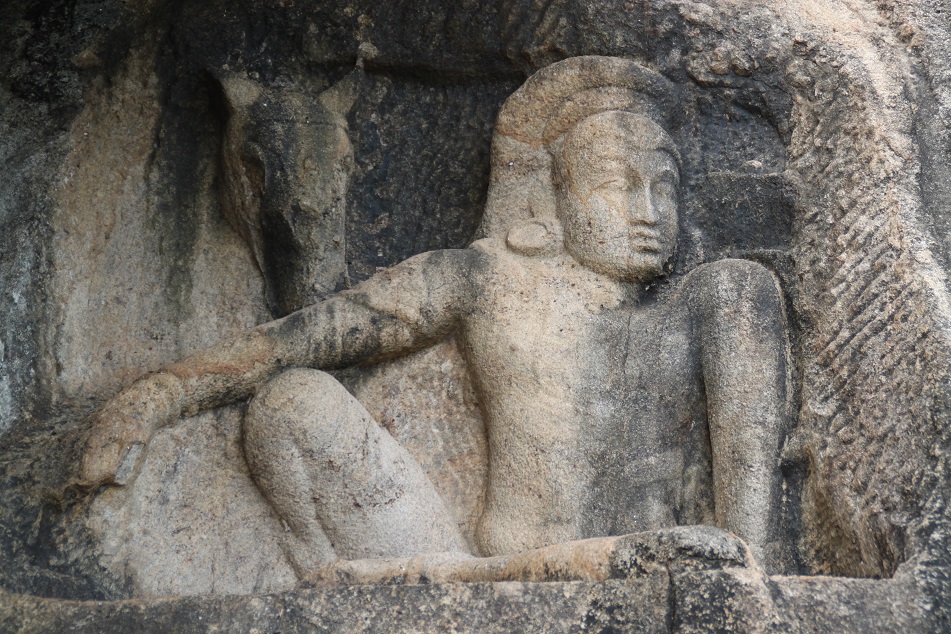


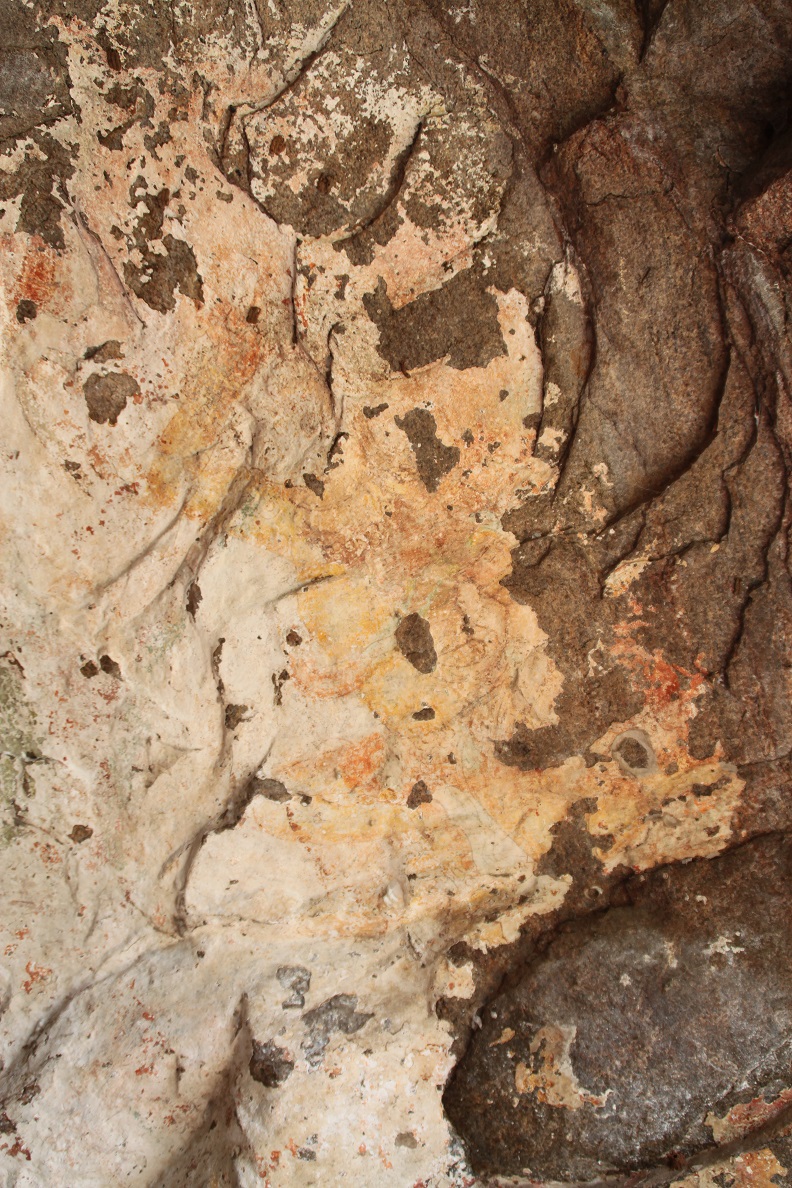

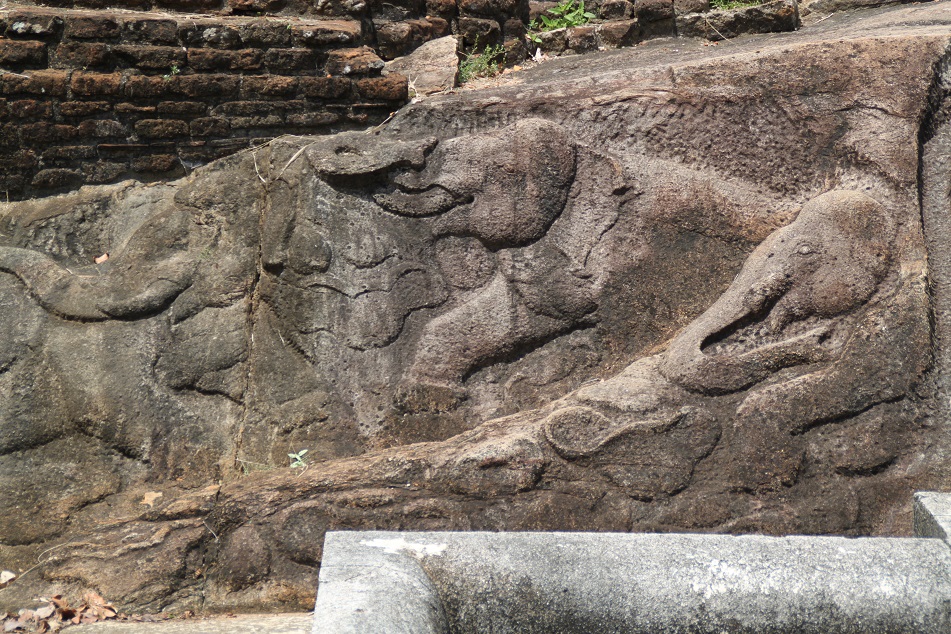

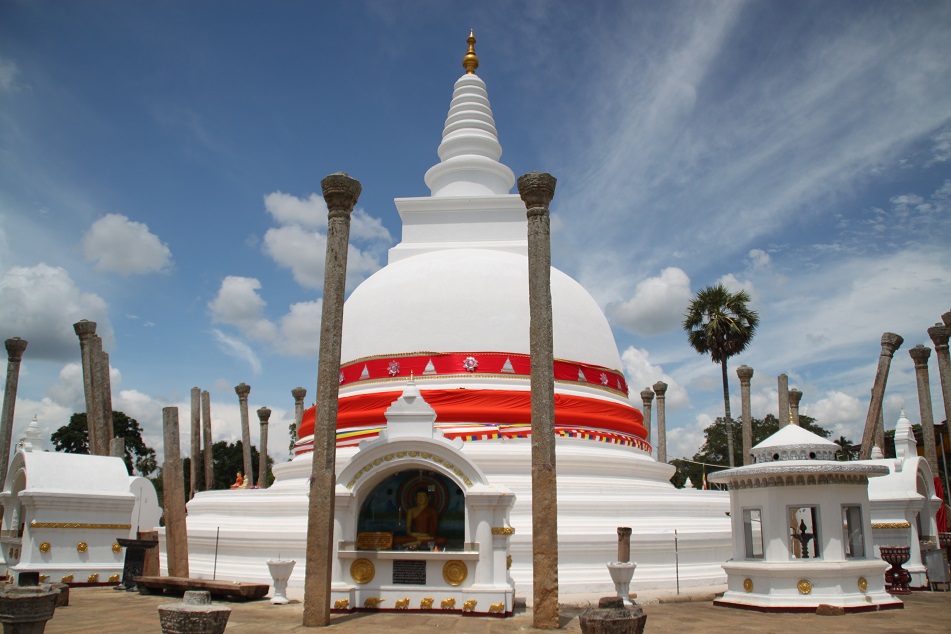
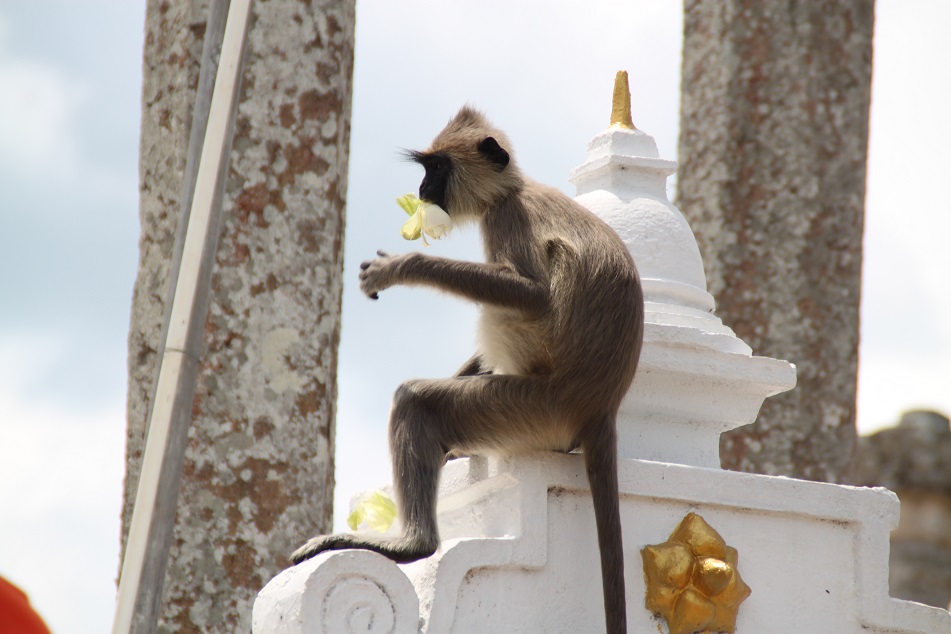
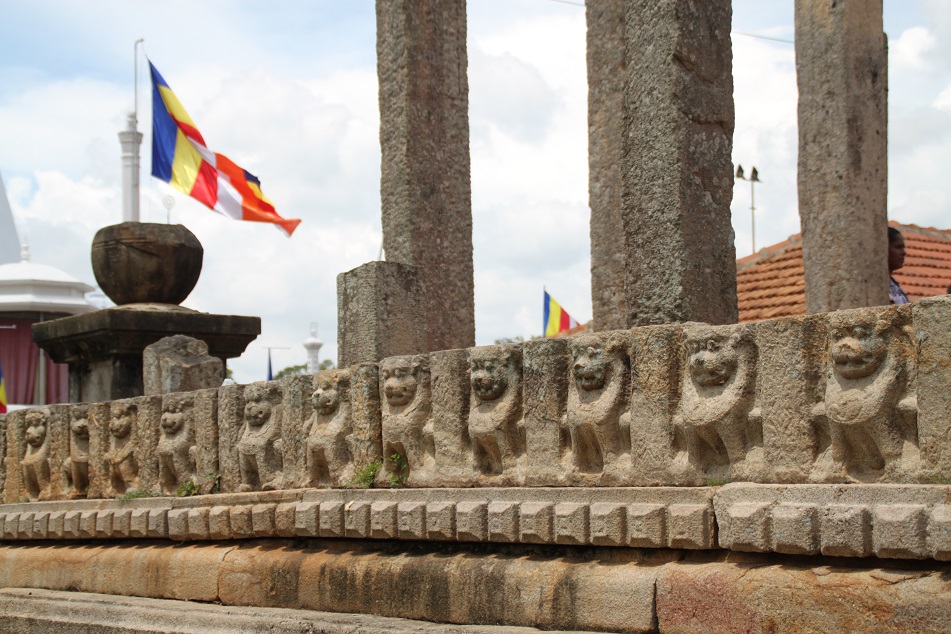

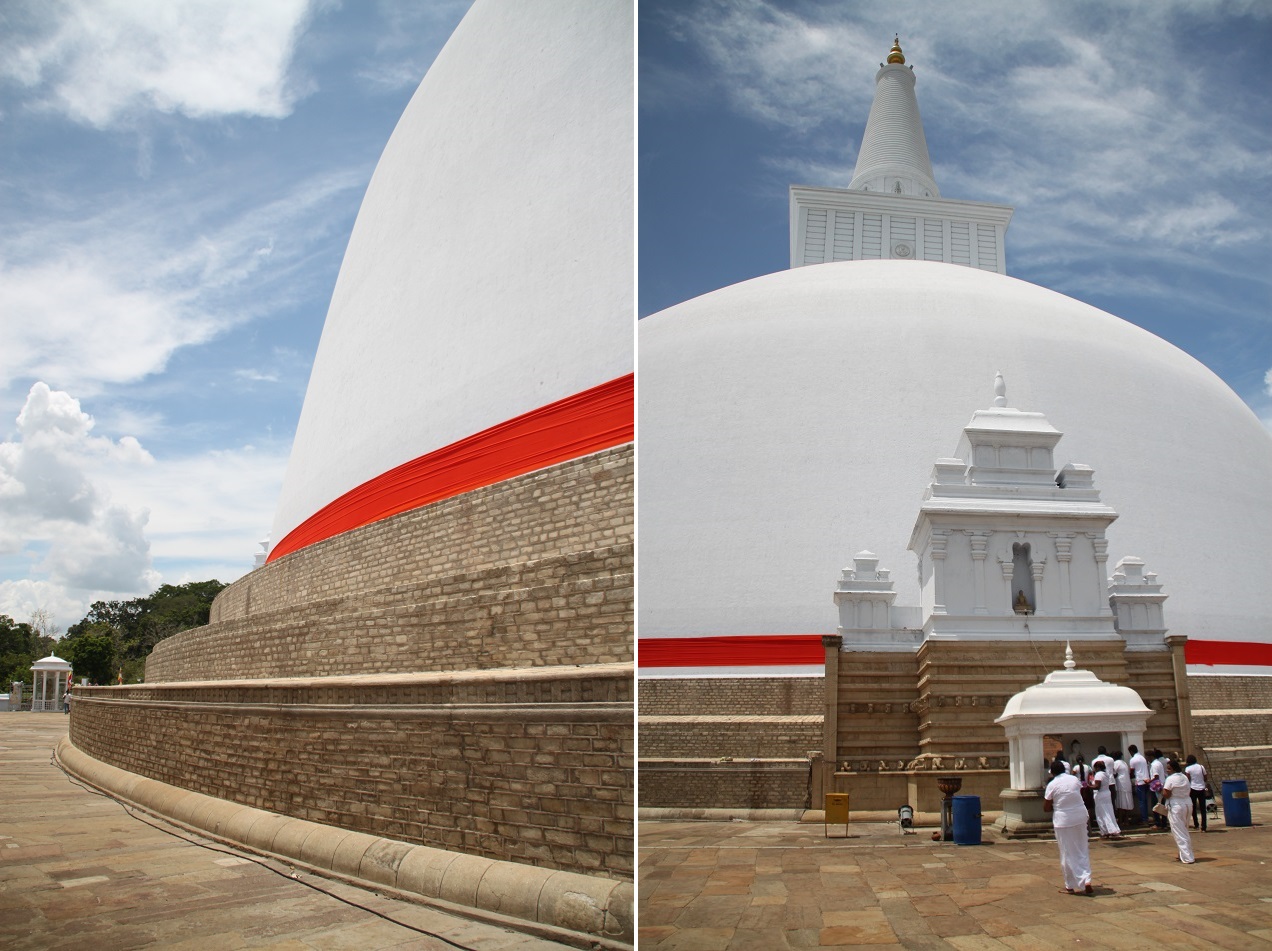


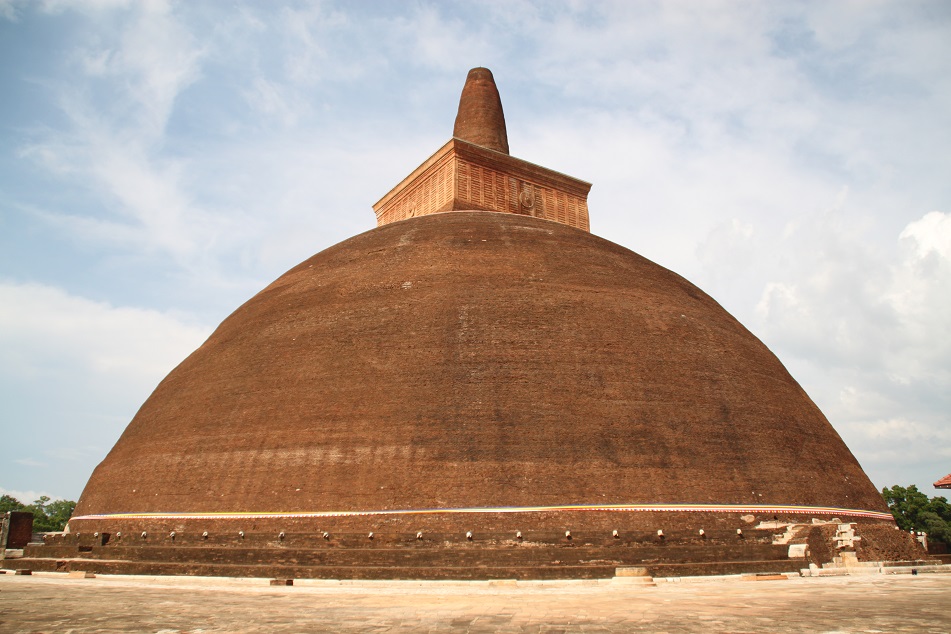
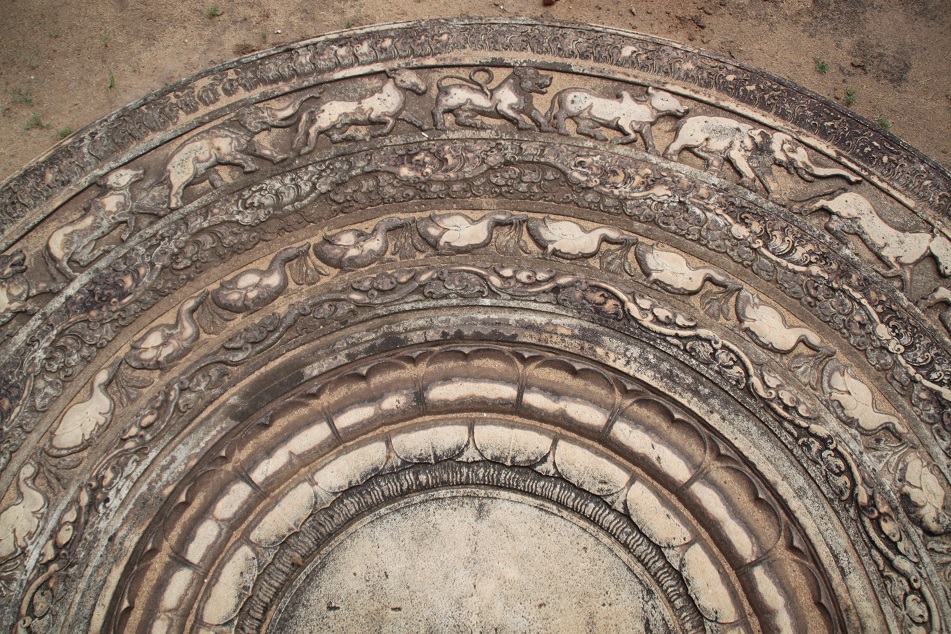
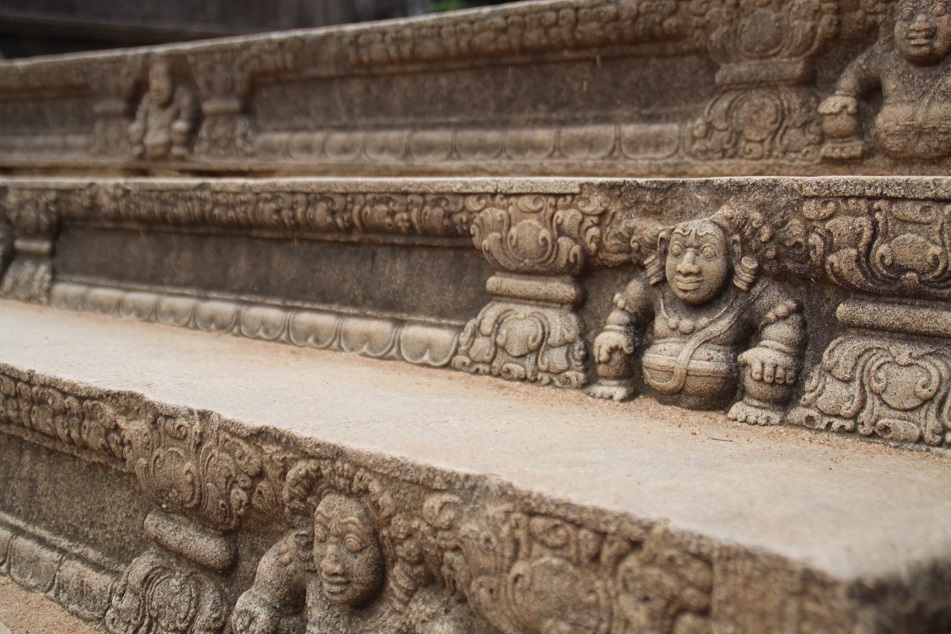

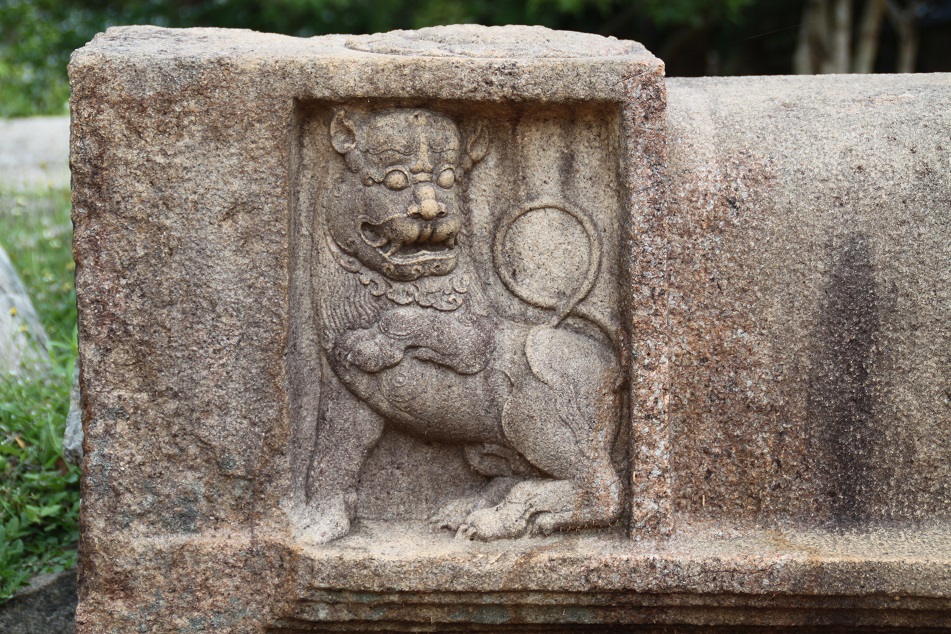
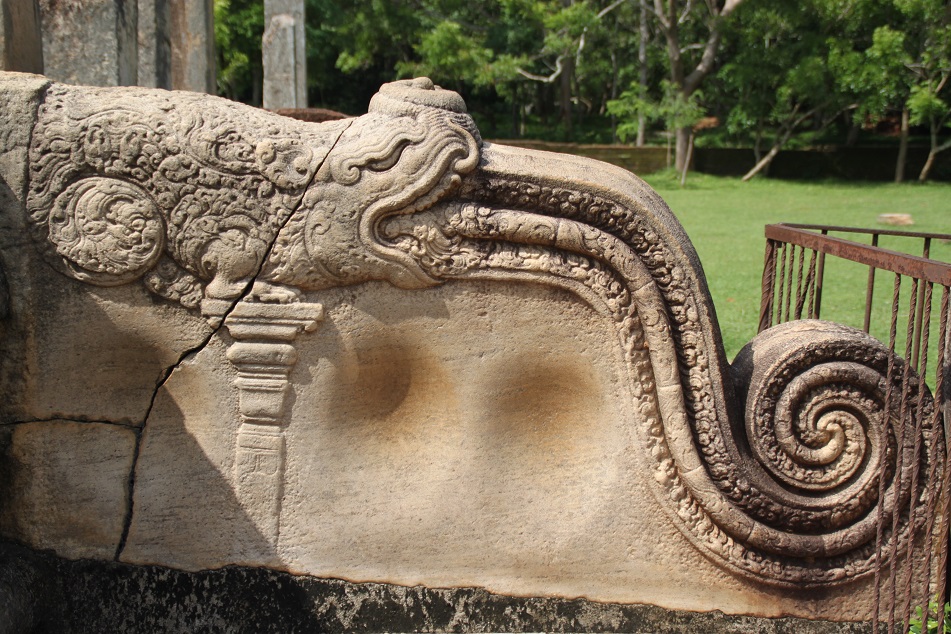
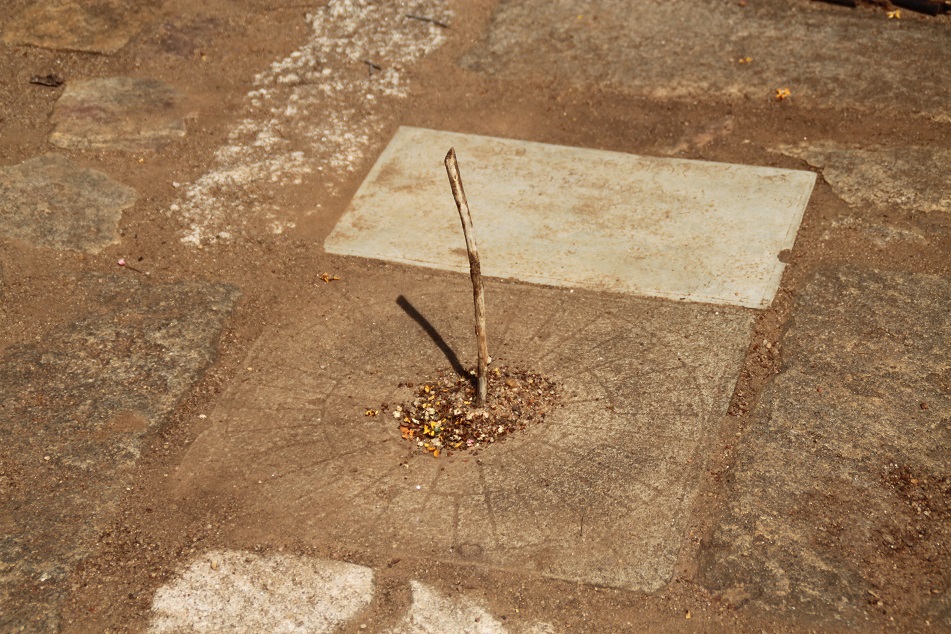
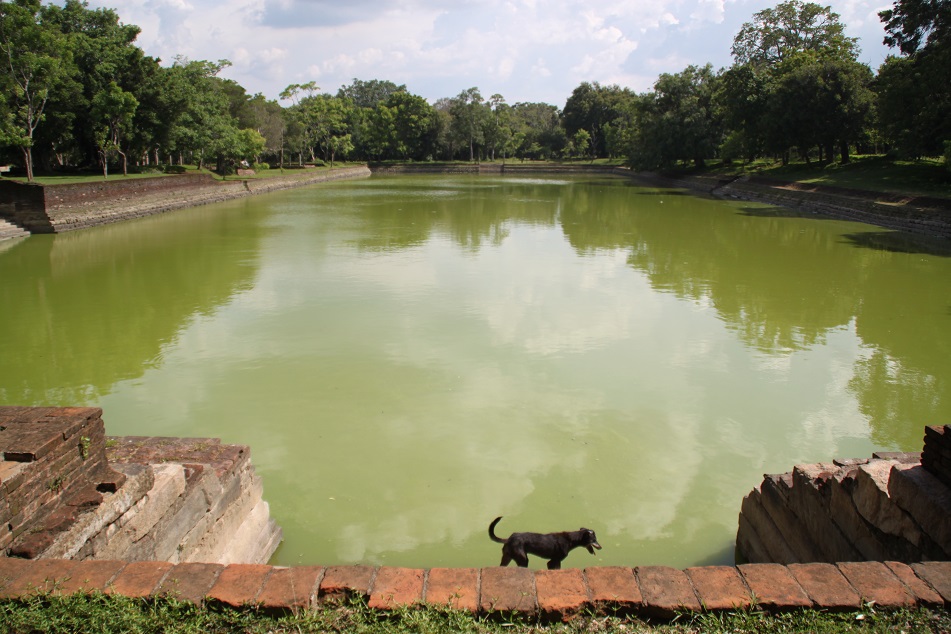
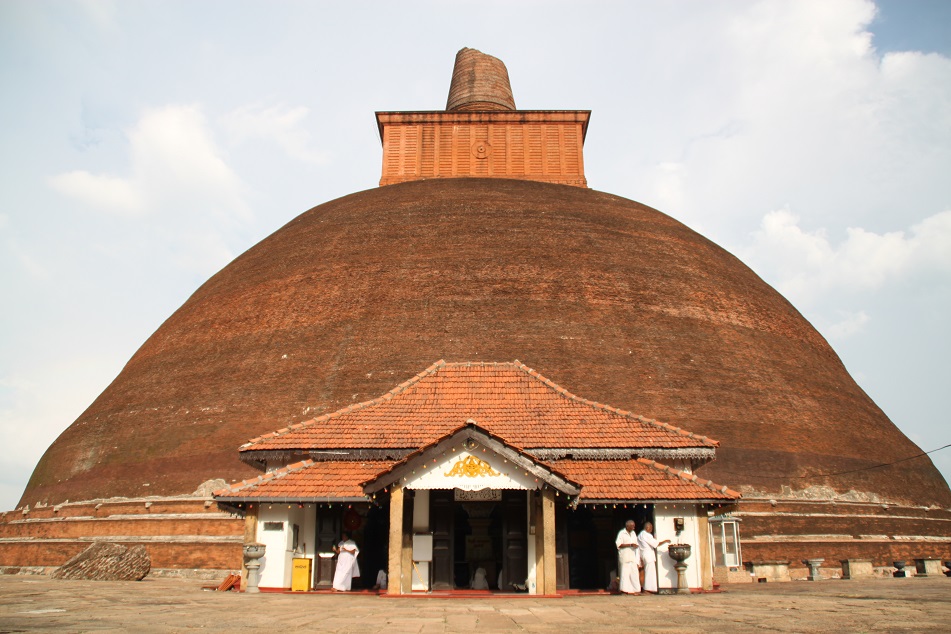
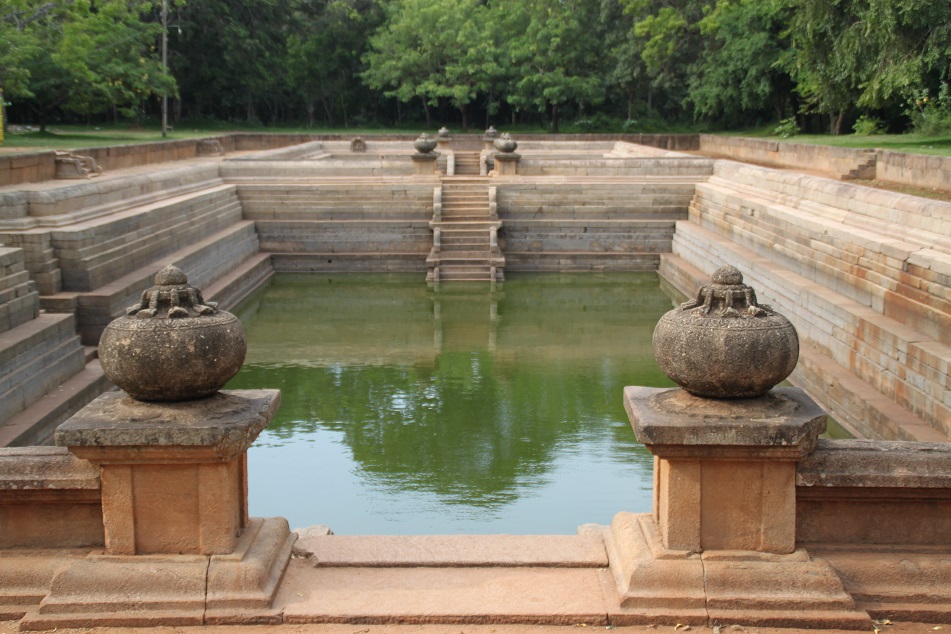
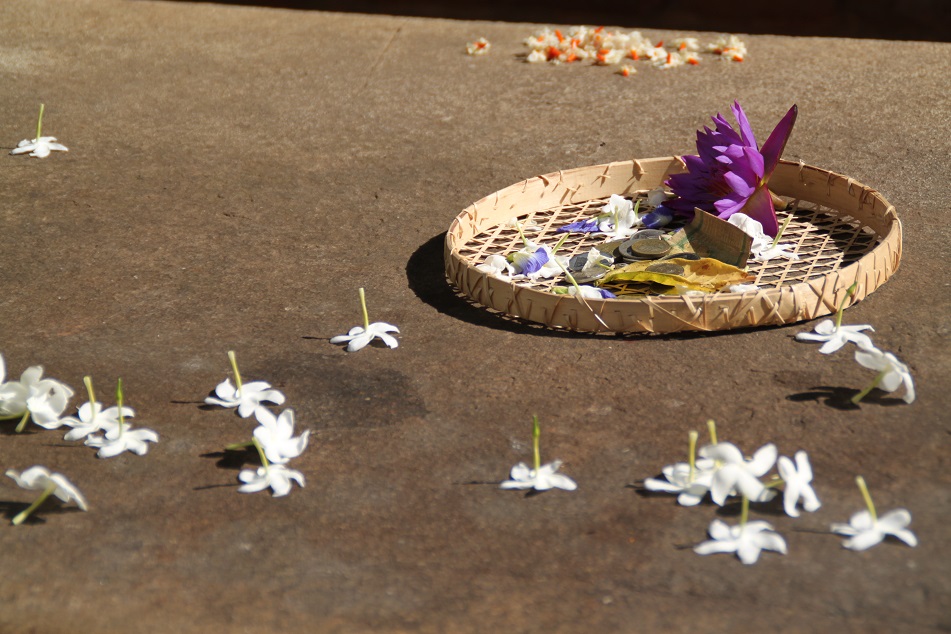
Amazing post Bama, loaded with information, beautiful pictures and interesting history of the place!
LikeLike
Thank you, Hema and Suma. On my first visit to Anuradhapura more than three years ago I only spent a few hours in the old city, definitely not enough time to explore its many interesting historical sites. I’m glad on my second trip not only did I spend more time, but I was also accompanied by a local who took my friend and I to so many places within the old city.
LikeLike
A beautiful and informative start to the series Bama. I am always amazed by how South East Asia welcomed the new religion while it was never allowed to take hold in the country of its birth. Love your gallery….the brick stupas look imposing despite their simplicity, and the moonstone details are stunning. Our visit has been jinxed for the longest time. Hoping to time one for the Kandy Perahera this August. Fingers crossed.
LikeLiked by 1 person
Thank you, Madhu. As far as I know, in the case of Indonesia new religions always came in a relatively more peaceful way than they did in Europe, the Middle East, and South Asia. There were wars here and there, of course, but generally Buddhism coexisted with Hinduism for centuries and there was a period in history when temples from both religions were constructed often not far from each other. The moonstone is one of my favorite objects in Sri Lanka and later on I will show you how it evolved after the capital was moved to Polonnaruwa (I have yet to write that post though). Hopefully this year you’ll really make it to your next door neighbor!
LikeLiked by 1 person
I visited Sri Lanka in Jan/Feb 2015. I loved the short time we had at Anuradhapura. We spent most of our time at the Bodhi tree and Ruwanwelisaya dagoba. It was late in the afternoon, though, and it was dark by the time we got to the reservoir. Your pictures help me see what the rest of the city really looked like. Great information about the site.
LikeLike
My friend and I did a day trip from Kandy and we arrived in Anuradhapura around 9:30am. We explored so many places in the old city and decided to skip lunch altogether because there were thick clouds approaching from the horizon. We finished the exploration around 4:30pm, had a late lunch, and as on our way back to Kandy there were heavy downpours. I’m glad my photos helped you see the rest of Anuradhapura, Marie.
LikeLiked by 1 person
Wonderful !
LikeLike
Anuradhapura really is a wonderful place. Merci Aurélien!
LikeLiked by 1 person
Bama, this is such a lovely walk through time and architecture. Your first post on Anuradhapura several years ago first brought the city to my attention… I’m glad we got to visit when we passed through Sri Lanka last October!
I was awed by the sheer scale of the dagabas. We were so fortunate to have Mahesh taking us around, although it got painful to walk everywhere barefoot in the midday sun! I remember how proud he was to show us the ancient “air conditioning” system at Ranmasu Uyana. The kings of Anuradhapura surely knew how to live.
LikeLike
Thank you, James. I’m really glad Mahesh suggested us to spend one whole day in Anuradhapura otherwise we would have missed a lot. When I went for the first time Abhayagiri was covered in scaffolding as it was undergoing renovation, and by the time I reached Jetavana it was already midday, so not really ideal for photography. Speaking of Mahesh, I actually took some photos of him sitting on a stone bench acting like an ancient king who enjoyed his time in Ranmasu Uyana. I should have used one of those photos for this post. 🙂
LikeLiked by 1 person
jadi makin nyesal bg Bama gk jadi ke sri lanka
LikeLike
Sri Lanka bagus lho. Ayo mulai direncanakan trip ke sana. 🙂
LikeLike
What an amazing post..have always wanted to travel to Sri Lanka..will definitely going to do it next year!Do read my new post on http://www.shopaholibond.wordpress.com 🙂
LikeLike
Thank you, Aishwarya. You’ll feel both similarities and differences between Sri Lanka and India. in Sri Lanka one of the things that impressed me most was vehicles actually stopped when pedestrians crossed the street at designated crossings.
LikeLiked by 1 person
I’ve heard a lot of good things about the country from many of my friends. Definitely number 1 place to visit next year 🙂
LikeLiked by 1 person
Fascinating history and awe-inspiring photos, Bama! I know so little about this part of the world. It is the next big region on my list of future travels, but I know I must wait until I really have a chunk of time to spend there. Thanks for the preview!
LikeLike
Thank you, Lex. I can imagine the long journey you have to take to visit Sri Lanka, but it’s really worth those long hours of flights. I suggest to spend at least two weeks in the country to get the real feel of it.
LikeLiked by 1 person
Excellent as usual!
One thing I would like to know: What are those (upright and lopsided) pillars in the picture of the Thuparama Stupa?
LikeLike
Hi Peter. Thanks for the kind words!
Based on what I read, those pillars formed the vatadage/cetiyaghara which is a typical Sinhalese architectural design during the Late Anuradhapura period, constructed to ‘protect’ the main stupa. This shows the different periods of reconstruction of Thuparama.
LikeLiked by 1 person
It’s like getting lost in time with the stories of kings and empires! I now know for sure that when I go to Sri Lanka, I’ll have to stay way longer than a week.
LikeLike
One thing I learned from my recent trip across seven Asian countries was that centuries ago we were more connected than we think we were. Cultural exchanges, including food, are a testament to that period in history. I would recommend staying for two weeks, at least, when you visit Sri Lanka.
LikeLiked by 1 person
Our forefathers were great merchants and seafarers so cultural exchanges were very fluid back then. It was the Colonial West who created nation-states and confined us to the way we are today.
LikeLike
Indeed. That’s exactly the reason I started this series on my blog, to remind people of those past cultural exchanges.
LikeLiked by 1 person
Love this post. Didn’t see any of this when I was in Sri Lanka — all good reasons to return someday. I love that country! The ancient timepiece is pretty amazing, and all your photos are exceptional, as always. Thanks for sharing another incredible journey!
LikeLike
Thanks Kelly! I have not heard any bad things about Sri Lanka from the people who have been. I myself was really impressed by their orderliness, compared to Indonesia’s of course, and their love for wildlife conservation. Not to mention their rich historical heritage, obviously. Hope you’ll get the chance to visit Sri Lanka again sooner than later!
LikeLike
I loved this post, Bama. For one, the history. And of course, your photos as usual were cool. But I have been resistant to visit Sri Lanka. I could have gone there easily on my last trip to the Maldives, but elected Kerala instead…and I don’t know why, or what this resistance is about. But your post has changed my mind about the place. How tall is that tall building? How old was the sundial? THAT is really cool. When I think sundial, I think Europe, but I’m wondering where they originated. Here, maybe?
LikeLike
Thank you, Badfish. Sri Lanka was such a lovely country, both in my first and second visits. However during my two-week stay in the country last October with James, people kept telling us to go to Jaffna in the north. It was the hotbed for insurgency for decades. But after the government forces took control of it a few years ago and officially ended the long and bloody civil war, it has been peaceful there. And a few months ago the railway to Jaffna had been reopened. One thing about Sri Lanka most people are not aware of is its very old culture. You should go! 🙂
LikeLike
Ruwanweliyasa, Abhayagiri, and Jetavana are such amazing architectures, even for this modern days. I can imagine how great they were during their heyday.
Great post, mas! 🙂
LikeLike
Hi Nug. They must have been a source of endless admiration and inspiration to everyone. One can climb a tree and look around, and those magnificent stupas dominated the skyline right before his very eyes. Thank you, Nug. 🙂
LikeLiked by 1 person
So great to read this entry as we will be in Sri Lanka in a few days Time. Our last visit over a year ago we spent in the South and loved it. This time we are heading North do it was great to read the history of the ancient city and see your pictures. I can’t wait! Such a brutal history, such a beautiful people and country!
LikeLike
Hi Peta. It’s nice to know that you’re going back to Sri Lanka soon. While in the north, do visit Jaffna. I’ve never been there but a lot of people told me it’s the island’s hidden gem. Hope you have a really great time in Sri Lanka!
LikeLike
Thank you! It was amazing! Currently posting about our trip. Hope you read us…
http://www.greenglobaltrip.com
LikeLike
Hi Peta. I’m really glad you enjoyed Sri Lanka. Will drop by your blog soon.
LikeLike
Lovely depiction of such a beautiful country. Sri Lanka has been on my wish list for the past 3 years. Maybe 2016 is the year to visit! 😉
LikeLike
Hey Jodi! Thank you. Go visit the country this year before it gets even more popular. 🙂
LikeLike
I will. I just may email you for more information as the date draws near.
LikeLike
Please do. I would be happy to help!
LikeLike
That is really cool that we know the tree is like 2300 years old. Thanks for the history and for taking us on a photo tour.
Did you see very many tourists/backpackers/travelers in Sri Lanka?
LikeLike
If we didn’t read about its history, we would not have guessed that the tree is that old. It’s not like sequoia or anything that, even with bare eyes, look old. Actually I did see quite a few tourists in some parts of Sri Lanka, even my flight from Kuala Lumpur was full as it coincided with the long holiday week in China. Strangely those who came to the country were not typical loud-talking Chinese tourists. They were more respectful and adventurous. I was surprised to see some pretty girls in nice dresses taking an economy train.
LikeLike
Absolutely amazing photographs which give a sense of the places mentioned as well as being stunning. Well done and thanks for posting!
LikeLike
Thank you for your encouraging words, Helen. Anuradhapura is such an ancient, beautiful place. It’s hard not to take decent photos. 🙂
LikeLike
Pingback: Shwedagon: Buddhism in the Land of Gold | What an Amazing World!
Great journey ! Looking at your pictures of Anuradhapura really brings out the connections between ancient Sri Lanka, Java, Sumatra and Bali… Beautiful.
LikeLike
Exactly! One who visits India (especially the south), Sri Lanka, Sumatra, Java and Bali can see the cultural connections among ancient kingdoms in the region. Even the food we eat every day is a testament to that period in history. Thank you, Juan.
LikeLike
It is not often I recognise a word from a 2nd year undergraduate archaeology course on a blog. The beautiful photos really bring it to life.
LikeLike
Thank you for your really kind words, Zenobia. I did some in-depth research before writing this post, just to get the facts right.
LikeLike
Pingback: Mahabalipuram: Rise of the Pallavas | What an Amazing World!
An incredible post Bama, the photos and expansiveness of these ancient sites along with your writing makes me wish I could walk back in those times ~ the interwoven history of SE Asia is one of the richest histories there can be. Beautiful writing.
LikeLike
Thank you very much, Randall. I believe when you visit Anuradhapura one day you’ll also feel inspired — its long history and impressive monuments not only are a source of fascination but also imagination.
LikeLike
Such an informative travel from you again Bama. Now i know Sri Lanka is not just an ancient country but a lovely and a beautiful place to visit too. Great candid photos i would say.
LikeLike
Thanks marydane. Sri Lanka really is a nice country — it is one of those places where I said to myself that I could live there. 🙂
LikeLike
Great post Bama very interesting. I would like to know the meaning of the picture you have there the Korawak Gal/Makara Gal near Abhayagiri Dagaba. That’s an interesting picture!
LikeLike
Thanks Liz. Korawak/Makara is a mythical beast found in Hindu-Buddhist temples all over South and Southeast Asia. It is considered a guardian of gateways, hence the Makara-decorated entrances in many ancient temples in the region.
LikeLiked by 1 person
Pingback: Ratu Boko: A Palace of Conundrum | What an Amazing World!
Pingback: Sabang and Hikkaduwa: After the Tsunami | What an Amazing World!
Pingback: The Fall of Constantinople | What an Amazing World!
Pingback: The Great Heritage of Polonnaruwa | What an Amazing World!
Pingback: Rejuvenated in Kandy | What an Amazing World!
Pingback: Reviving Colombo’s Cosmopolitan Flair | What an Amazing World!
Pingback: Memories of Anuradhapura | What an Amazing World!